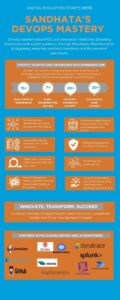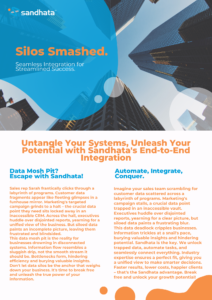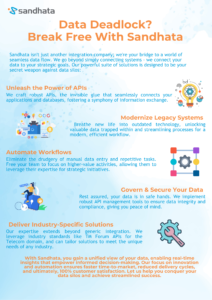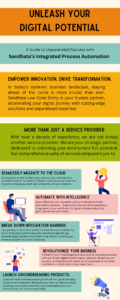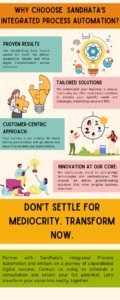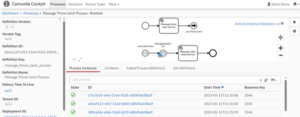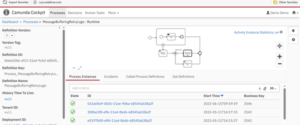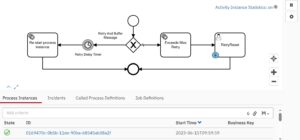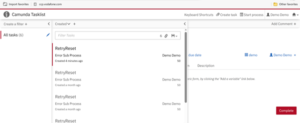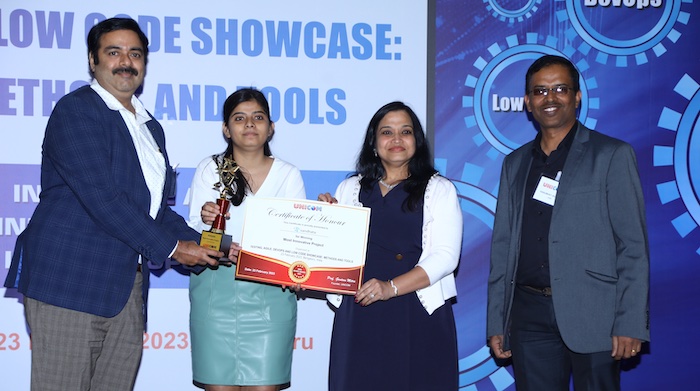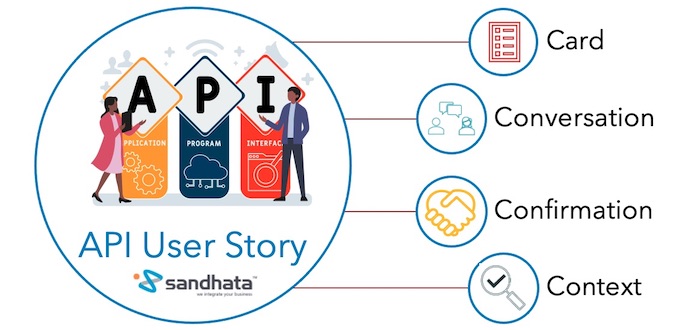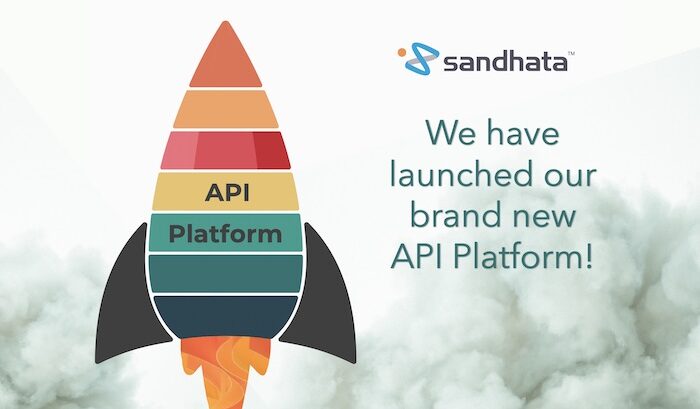Sandhata Partners with Zoho: A Strategic Alliance for Integrated Process Automation Excellence
We are thrilled to announce that Sandhata has become an official partner with Zoho, a move that marks a significant milestone in our journey to deliver unparalleled Integrated Process Automation solutions. This strategic partnership combines the strengths of two industry leaders, leveraging Sandhata’s innovative automation expertise and Zoho’s comprehensive suite of cloud-based business software to provide our clients with cutting-edge, efficient, and scalable solutions.
Sandhata: Pioneering Integrated Process Automation
At Sandhata, our mission is to empower businesses through advanced Integrated Process Automation. Our solutions are designed to streamline operations, enhance productivity, and drive digital transformation across various industries. We take pride in our ability to deliver customized automation strategies that meet the unique needs of each client, ensuring seamless integration and optimal performance.
Our commitment to excellence has been recognized with several prestigious awards, including the DevOps Awards 2023, the DevOps Excellence Awards 2024, the Deloitte Fast 50 India, and the Great Place To Work certification. These accolades reflect our dedication to innovation, quality, and creating a positive work environment that fosters creativity and collaboration.
Zoho: A Leader in Cloud-Based Business Solutions
Zoho, a global leader in cloud-based business software, offers a diverse portfolio of applications that cater to the needs of businesses of all sizes. With over 50 million users worldwide, Zoho provides integrated solutions for CRM, finance, human resources, marketing, and more. Their commitment to providing flexible, user-friendly, and scalable solutions aligns perfectly with Sandhata’s approach to automation.
Synergy of Expertise
The partnership between Sandhata and Zoho is built on a foundation of shared values and complementary expertise. Sandhata’s extensive experience in process automation, coupled with Zoho’s robust software solutions, creates a powerful synergy that will drive innovation and efficiency for our clients.
Sandhata has a strong global presence, with offices in key locations including the United Kingdom, the United States, India, and Australia. This geographic diversity allows us to offer our clients localized support and a deep understanding of regional market dynamics. Similarly, Zoho operates on a global scale, providing their solutions to businesses in over 180 countries. Together, we bring a wealth of knowledge and experience to the table, ensuring that our clients receive the highest level of service and expertise.
Delivering Value Through Innovation
Our collaboration with Zoho will enable us to enhance our Integrated Process Automation solutions with Zoho’s advanced technologies, offering our clients a more comprehensive and efficient approach to managing their business processes. By integrating Zoho’s software with our automation solutions, we can provide end-to-end process optimization, from initial data capture to final execution, all within a single, unified platform.
This partnership also opens new opportunities for innovation. By combining our resources and expertise, we will be able to develop new solutions that address the evolving needs of businesses in today’s fast-paced, digital world. Our clients can look forward to more innovative features, improved usability, and enhanced performance, all designed to help them stay ahead of the competition.
Conclusion
The partnership between Sandhata and Zoho represents a significant step forward in our commitment to delivering world-class Integrated Process Automation solutions. We are excited about the possibilities this collaboration brings and look forward to working closely with Zoho to create more value for our clients.
Together, Sandhata and Zoho are poised to redefine the landscape of business process automation, offering solutions that are not only powerful and efficient but also adaptable and scalable to meet the changing needs of our clients. This is just the beginning of a new chapter of innovation and success, and we are eager to embark on this journey with Zoho by our side.


